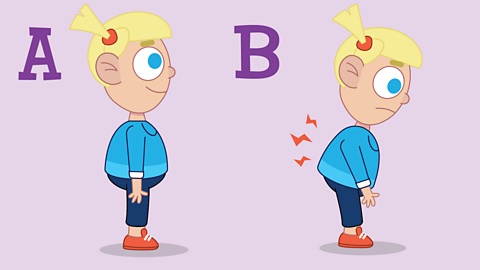Using expression in music

Many songs have meaning or tell stories. Sometimes they make us feel happy, energetic or sad.
A singer has to perform a song in a way that helps the listener understand the feeling and emotion of the song.
To do this they use expressionUsing dynamics, articulation and phrasing to put feeling into a piece of music..

How does this song make you feel?
As a singer, this is a good question to ask ourselves before we perform.
Can you think of song that makes you feel lively?
Or a song that makes you feel calm?
Changing not only the way we sing, but dimensionsThe different related musical ingredients that make a piece of music. Can include rhythm, melody, harmony, dynamics, texture, timbre and structure. in music can change the feel and emotion of a song. Let's find out more!
Watch: Feel and emotion featuring Nina Simone
Asha: Guys, guys I've found the best riff EVER!
Listen!
[Plays soulful music]
Ed: I've heard that before, Nina Simone, I put a spell on you?
Asha: Bingo!
Izzy: I didn't know Nina Simone played bingo.
Asha: Can we put it in our song? Please? It feels so SPOOKY!
Ruby: I'm in. Let's try it!
Hasan: Hit it!
[Band play it together]
[Jarring music]
Asha: It doesn't work, does it?
Nina: It certainly does NOT!
And you know why?
Let me tell you…
[Upbeat music]
Music is all about FEELING.
How does this make you feel?
Hasan: I feel good.
Ed: Yeah, it sounds happy.
Asha: Makes me want to dance.
Nina: By switching elements of the music, we can change up the mood of a song anyway we want.
[Sings] And I'm feeling good.
[Music: I'm feeling good by Nina Simone]
Ed: Wow! Short day.
Nina: How are you feeling now?
Hasan: It's kind of sassy.
Ruby: Bit creepy too. I like it.
Asha: Makes me feel kind of moody.
Izzy: Yeah, I got the blues, man!
Nina: That's right! The 'blues' is a kind of music AND a feeling!
Hasan: Let's have a go.
[Emotional music]
[Whispers] Yeah…
Bang, bang, boom, boom
Bangy bang, boom boom.
Nina: Hold up! What's your song actually for?
Asha: Erm, it's for the end of year performance.
Nina: Then you don't want no moody song, you wanna get people cheering and a hollering!
[Music builds up]
Ed: We are gonna go out with a bang, bang, boom boom.
Nina: Now think of that happy feeling when you play that sweet sax.
[Soulful sax]
Ooo-weee
Now I'm feeling good.
How do we add expression?

Have you ever noticed, if you're reading a story, you might often change your voice to match the character or feeling in the story?
Sometimes at the scary parts, we get quieter. Or in the exciting bits, make the words really choppy.
We can do this in singing, to add expression to a song. The two important ways to do this are with:
- dictionThe pronunciation of words.
- dynamicsHow quietly or loudly a piece of music should be played.
What is diction?
Diction is how we pronounce the words or say the letters in the lyrics to a song.
This helps our audience hear what we are singing about, so they can follow the story or message in our performance.
It's especially important in a choir. If people sing at different times, with incorrect diction, it can sound messy.
Watch: Singing with diction
[Choir sings]
To feel The Rhythm Of Life
To feel the powerful beat
To feel the tingle in your fingers
To feel the tingle in your feet
To feel The Rhythm Of Life
To feel the powerful beat
To feel the tingle in your fingers
To feel the tingle in your feet
To feel the tingle in your feet
To feel The Rhythm Of Life
To feel the powerful beat
To feel the tingle in your fingers
To feel the tingle in your feet
To feel The Rhythm Of Life-
To feel the powerful beat
To feel the tingle in your fingers
To feel the tingle in your feet
To feel the tingle in your feet
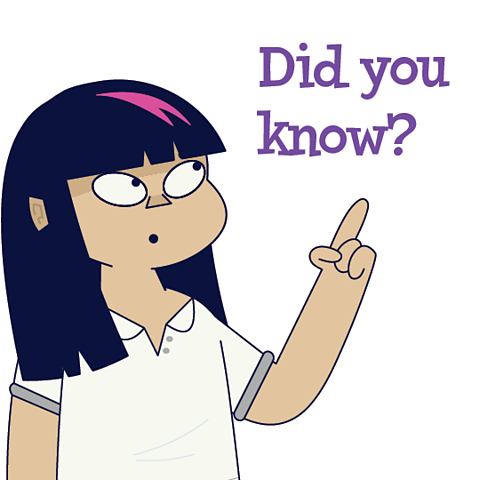
The letters s and t can be tricky sounds to sing well.
Breathing deeply and steadily, can help with singing them.
What are dynamics?
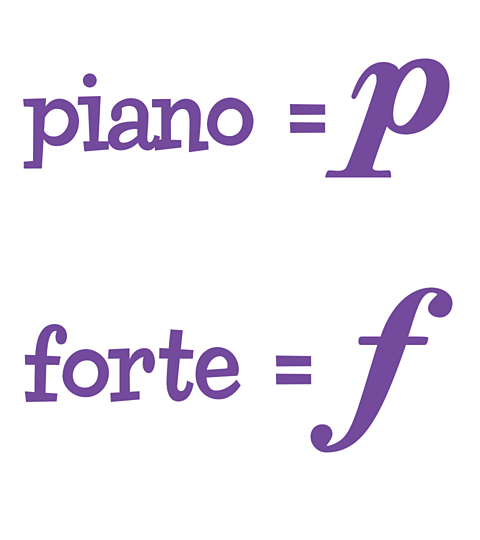
When we sing, being able to adjust the volume or dynamics of our voice, makes our performance even better.
In music, Italian terms are written to show the dynamics (volume) we need to sing with.
The two most common are:
Piano - which means quiet and is written as 'p'.
Forte - which means loud and is written as 'f'.

Activities
Singing with dynamics challenge
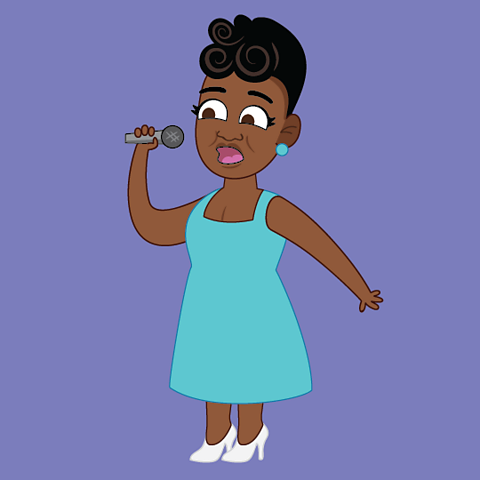
Pick a song you know well and start singing this as loudly as you can, without shouting.
Now as you sing, get quieter on each line until you are at a whisper.
Try singing again, only this time start quiet and get louder. But remember not to shout.
Is it easier to sing loudly or quietly?
The bathroom or shower is a great place to practice this!

Quiz
Bitesize Primary games. gameBitesize Primary games
Play fun and educational primary games in science, maths, English, history, geography, art, computing and modern languages.

More on Singing
Find out more by working through a topic
- count1 of 6

- count2 of 6
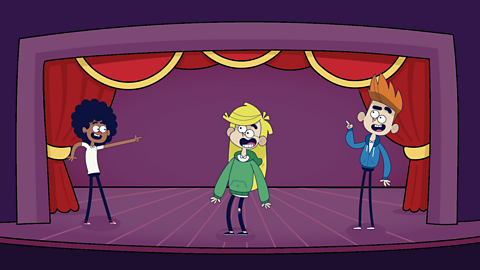
- count3 of 6
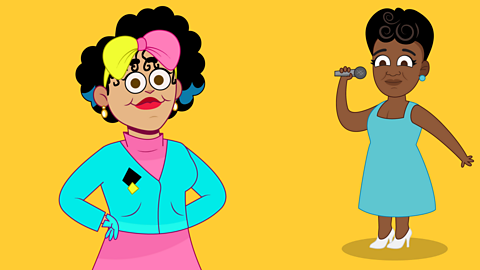
- count4 of 6
